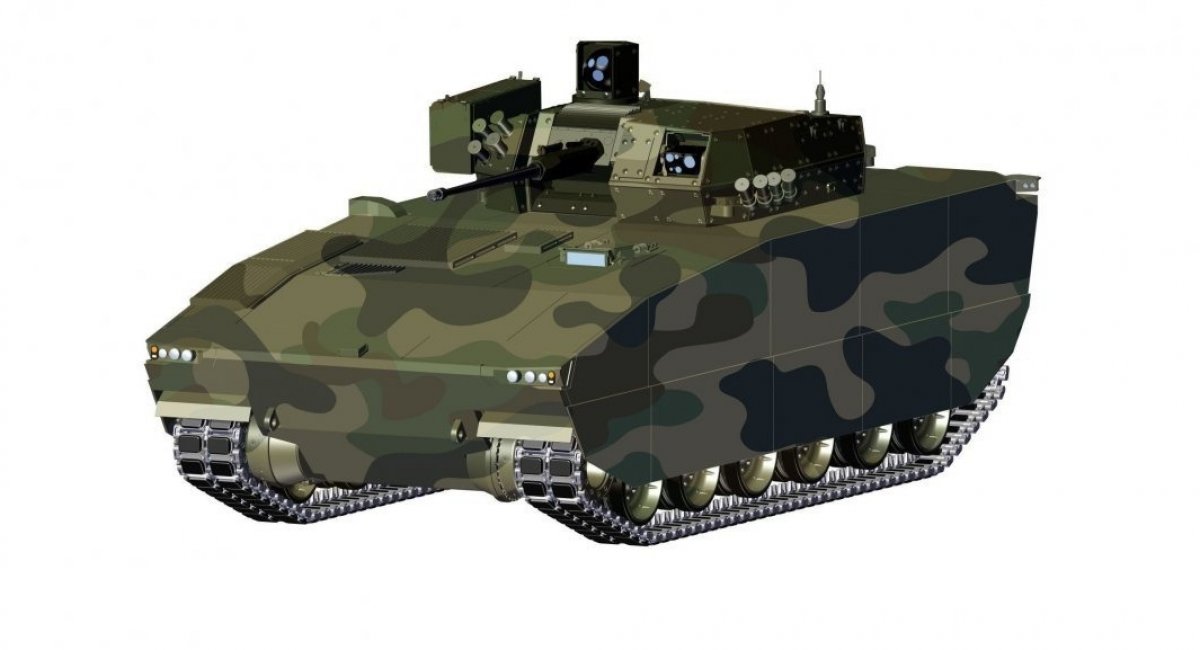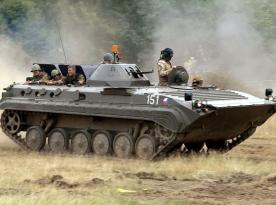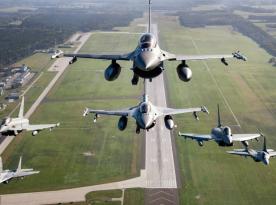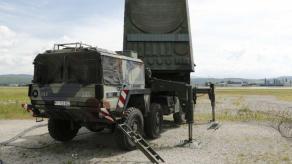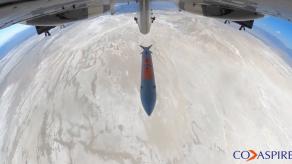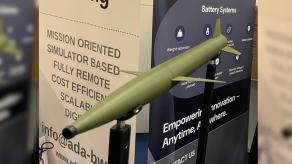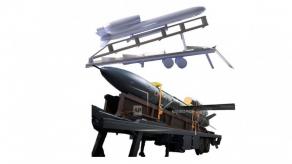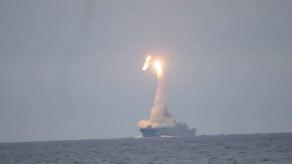A model of the Polish CBWP (Ciężki Bojowy Wóz Piechoty) heavy infantry fighting vehicle will appear at the MSPO 2025 exhibition to present progress in the project's implementation. At the same time, some characteristics became known, such as a combat weight of 42 tons and a maximum weight of 48 tons, which practically corresponds to the T-64B tanks.
The development plans were published in an article in the Wojsko i Technika magazine #8/2025. It is noted that the prototype will be put into testing by the end of 2026.
Read more: With Prototype Due Next Year, Can Poland Really Start Producing Heavy IFVs By 2029?

The enormous weight, compared to the weight of Soviet main battle tanks, is due to the requirements of the Polish military for protection. According to available materials, they significantly exceed those specified in STANAG 4569A/B.
The highest level according to this standard is the sixth, according to which the armored vehicle must withstand 30x173 mm armor-piercing subcaliber shells from 500 m in the frontal projection. That is, the Polish development can receive protection that is comparable to the level of protection provided by tanks.
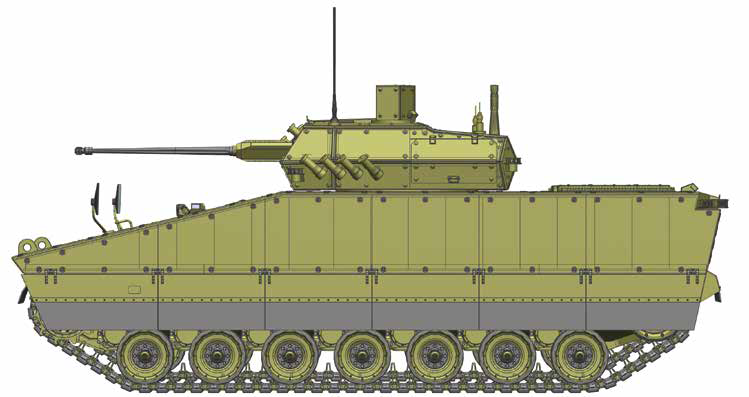
As is known, there is currently no infantry fighting vehicle on the market that would meet such requirements, that is why Poland began its own development. Here, the experience and developments gained during the creation of the lighter Borsuk IFV came in handy, some of the elements of which will also be used in the development of the CBWP.
To cope with such weight, the CBWP uses as a basis the chassis of the K9 Thunder self-propelled howitzer, the production of which is already localized in Poland. This chassis was modified to meet the needs, receiving seven pairs of track rollers and hydropneumatic suspension.
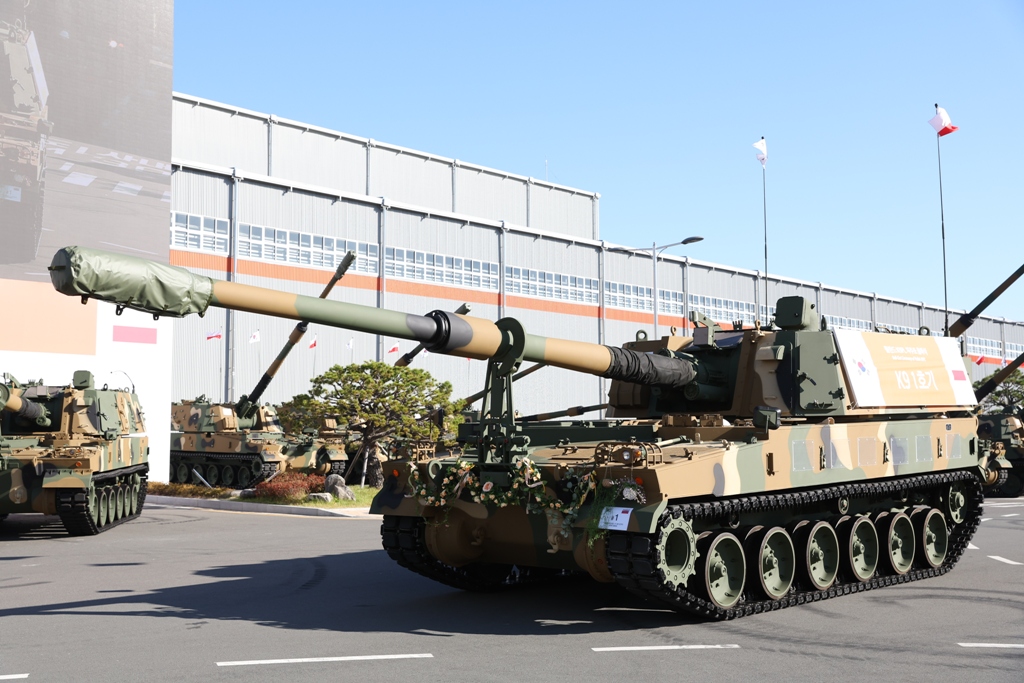
The eight-cylinder MTU 8V199 engine with a capacity of 800 kW was chosen for the power plant. The vehicle can be equipped with either the German RENK HSWL 256 automatic transmission or the American Allison 4040 MX.
The CBWP project is atypical among heavy armored personnel carriers and infantry fighting vehicles, which are usually created on the basis of serial tanks, inheriting their mass and protection. In Poland, they decided to follow the path of new development, albeit using elements of existing vehicles.
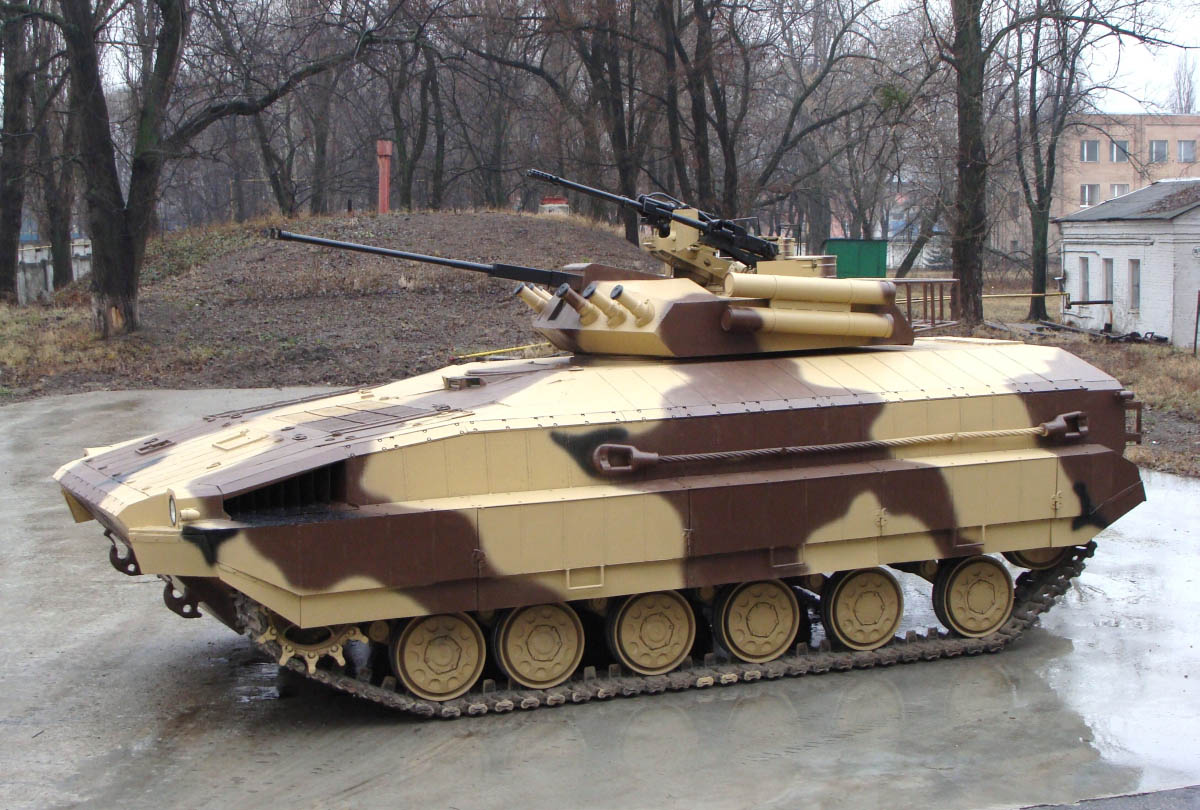
On the other hand, modern main battle tanks continue to increase in mass, so it is logical that the armored companion vehicle for them should become heavier. This is exactly the role that the CBWP should take on alongside the Abrams tanks, perhaps even becoming a platform for a lighter tank.
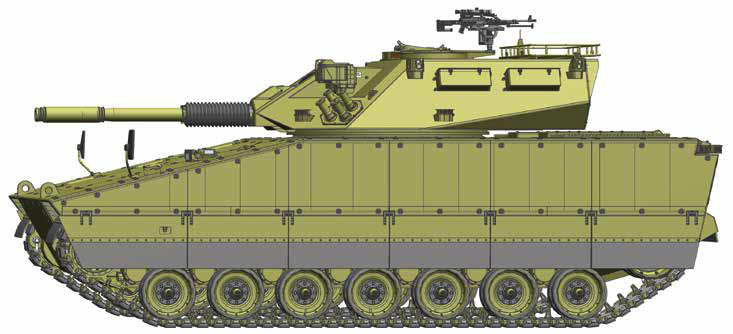
It is currently unknown how the CBWP IFV will counter drones as well as other modern means of destruction. According to the available renders, it will have a "classic" layout, so most likely it may still need additional protection.
Read more: Poland's Future Tanks to Get Rare EW Tech by 2028 — Something Even Korean K2s Lack




